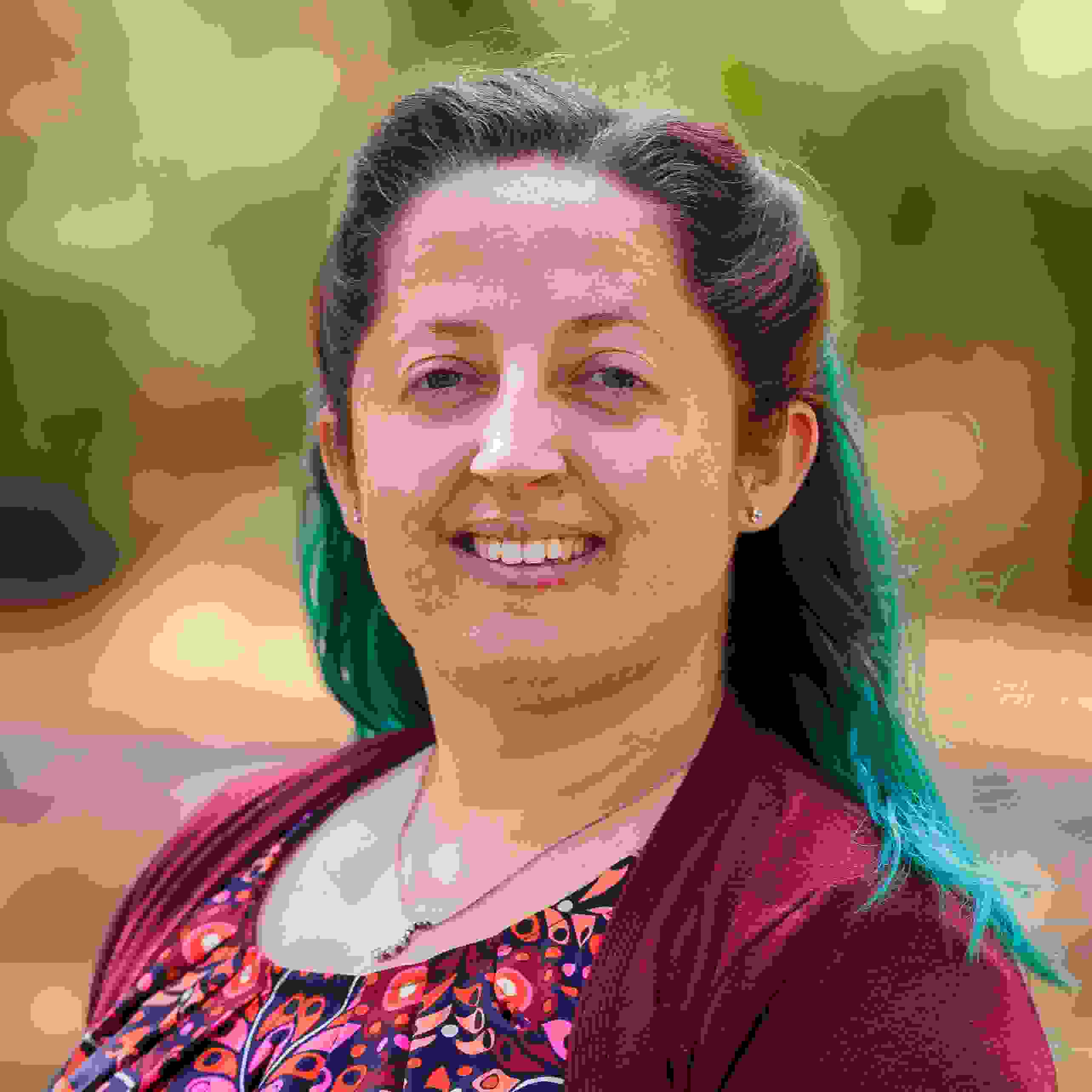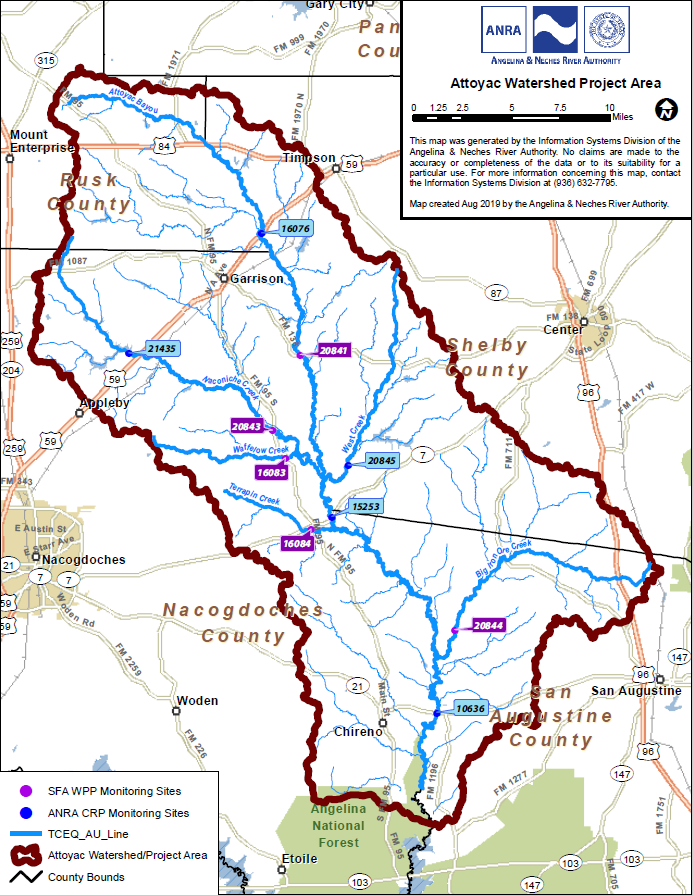In East Texas, the Attoyac Bayou is one of many rural watersheds listed as impaired on the Texas Integrated Report and 303(d) List.
In 2009, the Attoyac Bayou Watershed Partnership, which includes the Angelina & Neches River Authority (ANRA), Castilaw Environmental Services, Stephen F. Austin State University (SFA), Texas A&M AgriLife Extension Service, Texas A&M AgriLife Research and Texas Water Resources Institute (TWRI), was developed with interested local stakeholders to better understand the sources of high E. coli levels in the watershed. The partnership developed a strategy to reduce E. coli loading and improve instream water quality with local stakeholders, known as the Attoyac Bayou Watershed Protection Plan (WPP).
Based on 10 years’ worth of water quality data monitored and evaluated by ANRA, SFA and TWRI, the Attoyac Bayou WPP includes a mission statement, best management practices to reduce E. coli levels and stakeholder goals.
Dr. Lucas Gregory, TWRI senior research scientist, said the project team discusses the collected data with local stakeholders to determine which management practices will be most appropriate for the specific watershed.
“Monitoring, evaluation and input from local experts increase our understanding of these watersheds,” he said.
Emily Monroe, TWRI extension program specialist, said stakeholders identified failing septic systems as a major contributor of bacteria in the watershed.
“A goal of the partnership was to reduce the number of failing septic systems in the watershed,” she said.
The Attoyac Bayou WPP includes management recommendations for E. coli sources that are practical to manage and acceptable to stakeholders, including:
- developing conservation plans and/or water quality management plans for livestock operations to reduce E. coli loading,
- removing at least 15 percent of the feral hog population annually,
- repairing or replacing failing septic systems,
- delivering education and outreach on septic system operation and maintenance, and
- reducing the number of hunting camps without septic systems.
To learn more about the progress and successful implementation of these goals for the Attoyac Bayou watershed, visit the project webpage or read these articles from Conservation Matters and others:
- East Texas watershed efforts to improve water quality seeing positive results
- Improving water quality with septic system repair, replacement in Attoyac Bayou
- Partnership coordinates septic system repair, replacement
- Texas A&M, SFA researchers work to improve quality of East Texas watersheds
Meet the TWRI scientists working in the Attoyac Bayou watershed:



